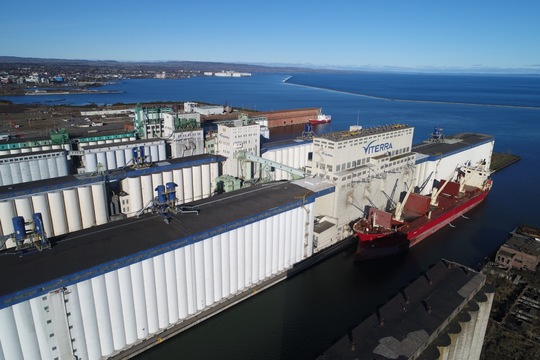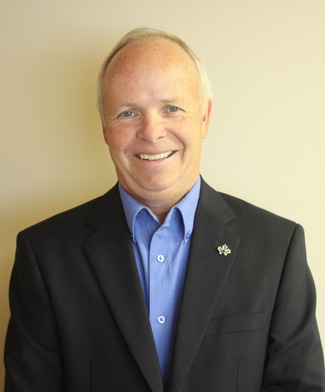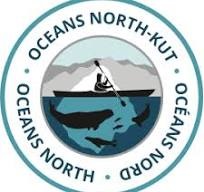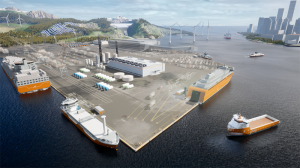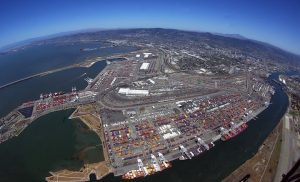The late opening of the St. Lawrence Seaway’s Montreal-Lake Ontario section on April 1 due to high water levels on Lake Ontario affects the whole waterway, but the impact could be limited on the Lake Superior Port of Thunder Bay, indicates Tim Heney, CEO of the Thunder Bay Port Authority. The high water conditions have delayed by some 12 days the opening of the MLO section while the Welland Canal opens on March 24 and the Sault Ste. Marie locks open on March 25.
“We are at the grain end of the Seaway and, in fact, have the capacity to help the western Canadian farmers with the big backlog provoked by the (Indigenous) rail blockades of several weeks,” Mr. Heney told Maritime Magazine. He noted that there were still some 50 vessels, many of them grain bulkers, still sitting idle in anchorage at the Port of Vancouver.
He pointed out that there were three Laker vessels in port at Thunder Bay and that most of the Canadian Laker fleet was wintering above the MLO section. Grain bulkers regularly pick up grain at Thunder Bay for delivery to the Port of Quebec and onward shipment on ocean carriers to Europe and other overseas markets.
Last year, Thunder Bay handled 8 million tonnes of grain. Predicting output in 2020 was no easy task, Mr. Heney said – referring to supply chain issues and also to the economic impact worldwide of the coronavirus qualified today as a pandemic by the World Health Organization. “There are so many variables and so much uncertainty at the moment.” (photo TBPA)
